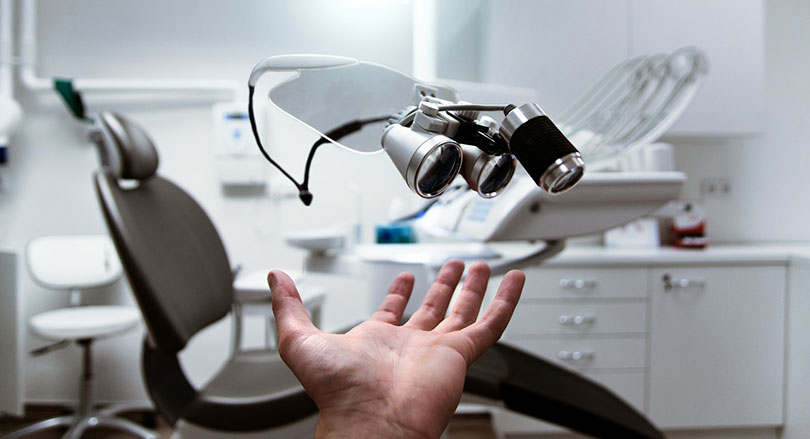
Once known as a figment of the future, Augmented Reality (AR) is now one of the most promising digital technologies of the present. It’s made a splash in the entertainment, retail and education industries, and now it’s taking the healthcare world by storm.
In the most basic sense, AR uses technology to lay sounds, videos or graphics over real-world camera views. But in the medical world, the possibilities of the technology are endless. Think: improved education and training, innovative surgical planning, enhanced procedures and more personalized patient care.
Curious to learn more? So were we.
AccuVein’s vein-finding technology
Have you ever gotten blood drawn and had the needle miss on the first try? You’re not alone. According to AccuVein research, aproximately 40% of IVs miss the vein on the initial attempt. And the numbers are even higher for children and elderly.
Luckily, AccuVein is using AR technology to make blood drawing easier for both patients and practitioners. The company’s handheld scanner projects light over the skin to show medical professionals exactly where the veins are in a patient’s body. Not only does this AR application increase efficiency, it also decreases the likelihood of a second or third prick.
Ultrasounds become more visual
Multiple AR software companies have introduced portable technology that allows technicians and patients to see ultra sound images via smart glasses. Instead of looking at one display, AR glasses give doctors personalized views and help keep pertinent information in plain sight. This technology can be especially useful in developing countries where portability and affordability are major concerns.
Touch Surgery’s procedure simulators
Because there are over 5 billion people who lack access to safe surgical services, Touch Surgery uses AR to deliver information to the masses. Their interactive simulators provide step-by-step instructions of surgery, as if in real time. But instead of working on a patient, the procedures are projected holographically on screen.
Orca Health’s vision predictor
Eye-Decide cleverly uses AR to simulate the impact of certain eye conditions on a person’s vision. While it can be difficult to explain the effects of diseases like Macular Degeneration or Cataracts, AR can show how a patient’s vision will progress over time and how the eye itself will be impacted.
When it comes to Augmented Reality and healthcare, the sky’s truly the limit. In its earliest stages, AR has improved efficiency, training, personalization and innovation in the medical space for both patients and practitioners.
And, the excitement is just getting started.
Interested in learning more about healthcare trends? See how at-home DNA kits are helping consumers take control of their health.
























